10 Best Plantago Lanceolata Preparations
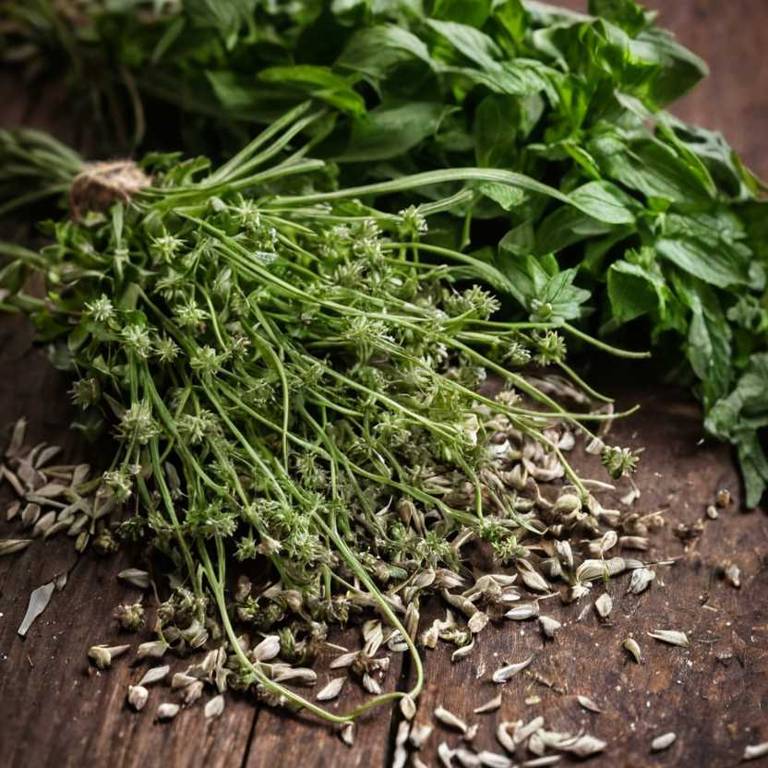
The best medicinal preparations of Plantago lanceolata are teas, decoctions, tinctures, mucillages, and creams, each offering unique therapeutic benefits.
Teas made from dried leaves are commonly used to soothe respiratory and digestive issues.
Decoctions involve boiling the leaves to extract more potent compounds, often used for inflammation and skin conditions.
Tinctures provide a concentrated form of the herb, useful for internal and external applications.
Mucillages, derived from the plant’s gel-like substance, are used as a soothing remedy for irritated mucous membranes.
Creams containing Plantago lanceolata are applied topically to reduce inflammation and promote skin healing.
Below there's a list of the 10 best herbal preparations of plantago lanceolata for medicinal purposes.
- 1. Teas
- 2. Decoctions
- 3. Tinctures
- 4. Mucillages
- 5. Creams
- 6. Syrups
- 7. Capsules
- 8. Oinments
- 9. Oils
- 10. Poultices
1. Teas
Plantago lanceolata teas is commonly used to treat respiratory and digestive ailments, as well as skin irritations.
This herbal preparation is often used for conditions such as coughs, bronchitis, inflammation, and digestive issues like indigestion and diarrhea. It is also applied topically to soothe wounds, eczema, and other skin conditions. The bioactive constituents responsible for its medicinal properties include mucilage, tannins, flavonoids, and polysaccharides.
These compounds have anti-inflammatory, antimicrobial, and soothing effects that contribute to its therapeutic uses.
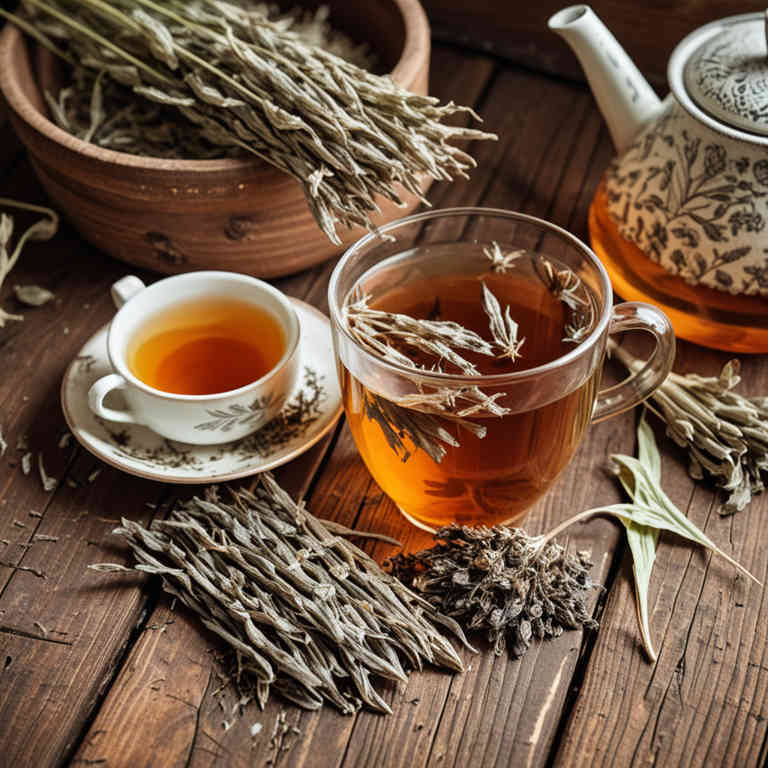
2. Decoctions
Plantago lanceolata decoctions is commonly used to treat respiratory, digestive, and skin-related ailments.
This herbal preparation is often employed for conditions such as coughs, bronchitis, diarrhea, and skin irritations. The decoctions are prepared by boiling the leaves or seeds of the plant in water to extract its active compounds. The most common bioactive constituents include mucilage, tannins, flavonoids, and saponins, which contribute to its anti-inflammatory, antimicrobial, and soothing properties.
These compounds help reduce inflammation, protect mucous membranes, and promote healing in various parts of the body.
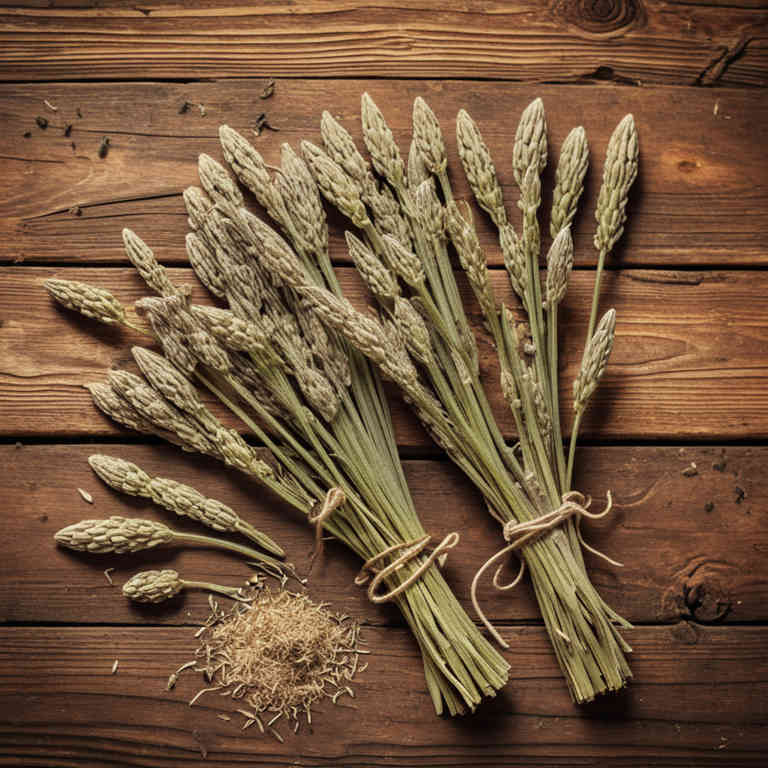
3. Tinctures
Plantago lanceolata tinctures is commonly used to treat respiratory and digestive ailments, as well as skin irritations.
These preparations are frequently employed for conditions such as coughs, bronchitis, and gastrointestinal inflammation. They are also applied topically to soothe wounds, eczema, and minor burns. The medicinal properties of Plantago lanceolata tinctures are attributed to bioactive constituents such as aucubin, allantoin, and mucilage.
These compounds possess anti-inflammatory, soothing, and antimicrobial effects, making the tinctures effective for a range of health issues.
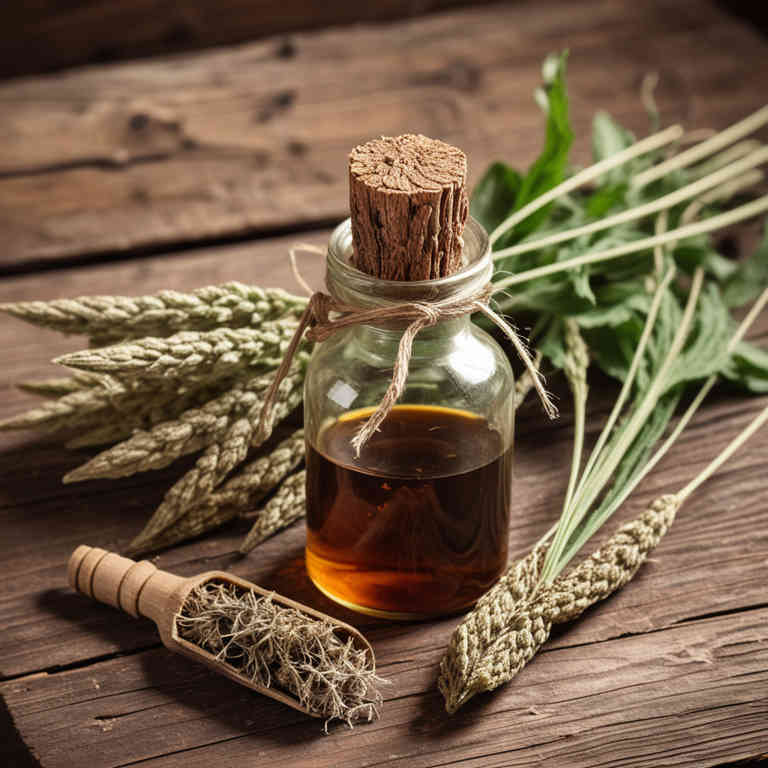
4. Mucillages
Plantago lanceolata mucillages is commonly used to soothe inflammation and irritation in the digestive and respiratory systems.
This herbal preparation is widely employed to treat ailments such as gastritis, ulcers, coughs, and sore throats due to its protective and healing properties. The mucillages act as a demulcent, forming a protective film over mucous membranes to reduce irritation. The bioactive constituents include polysaccharides, mucilage, tannins, flavonoids, and alkaloids, which contribute to its anti-inflammatory, antimicrobial, and wound-healing effects.
These properties make it a valuable remedy in traditional and complementary medicine.
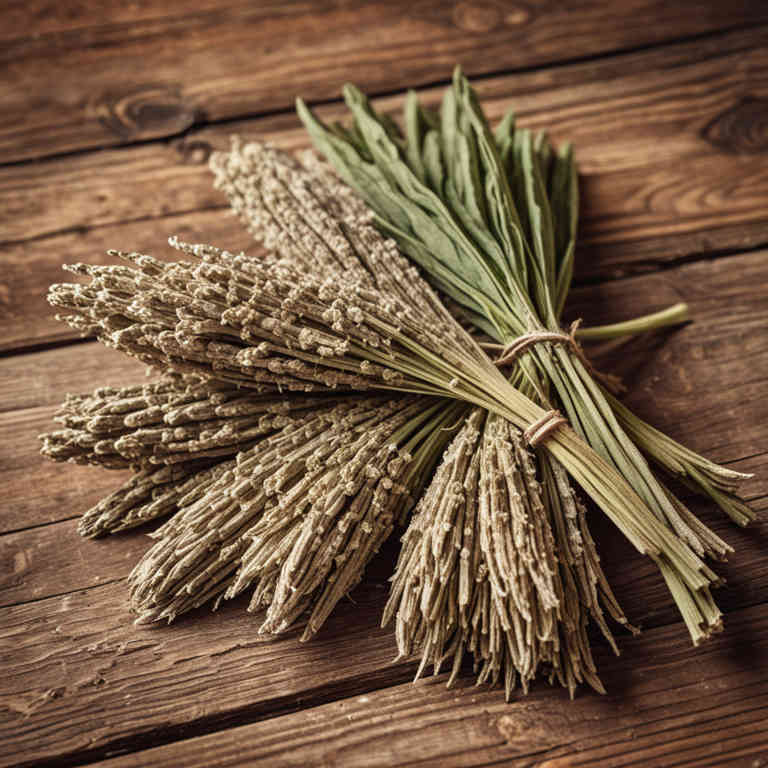
5. Creams
Plantago lanceolata creams is commonly used to treat skin irritations, wounds, and inflammatory conditions.
These creams are often applied topically to alleviate symptoms of eczema, dermatitis, and minor burns. The medicinal properties of Plantago lanceolata are attributed to its bioactive constituents, including mucilage, flavonoids, and tannins. Mucilage provides a soothing effect, while flavonoids and tannins have anti-inflammatory and antimicrobial properties.
This herbal preparation is valued for its ability to promote skin healing and reduce redness and itching.
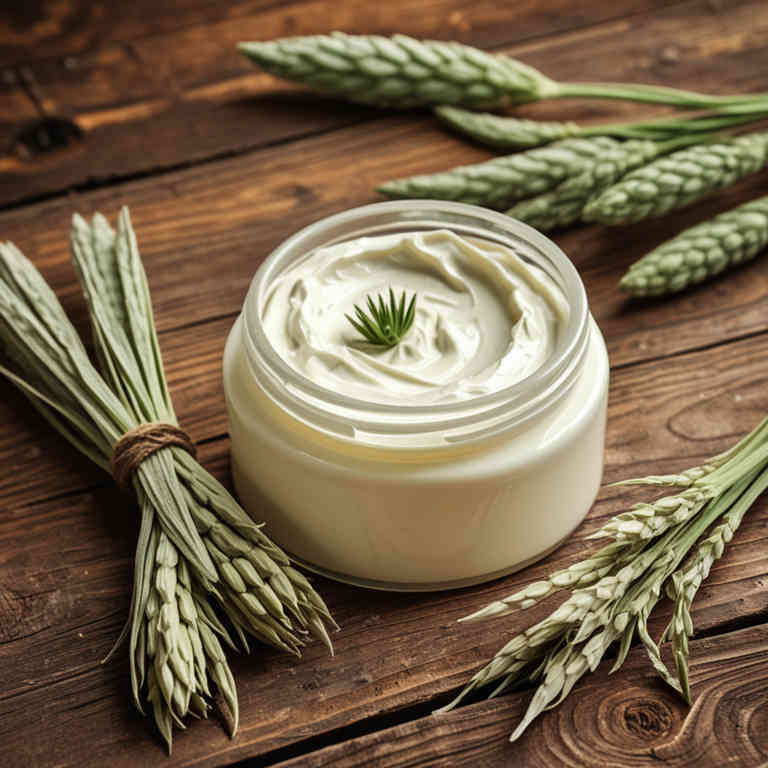
6. Syrups
Plantago lanceolata syrups is commonly used to soothe respiratory and digestive tract irritations.
This herbal preparation is often employed to treat coughs, sore throats, and gastrointestinal discomfort such as indigestion and inflammation. The most common medicinal uses include alleviating symptoms of bronchitis, asthma, and inflammatory bowel conditions. The bioactive constituents responsible for its therapeutic effects include mucilage, flavonoids, tannins, and polysaccharides, which have anti-inflammatory, demulcent, and antimicrobial properties.
These compounds help reduce irritation and promote healing in the mucous membranes.

7. Capsules
Plantago lanceolata capsules is commonly used to treat digestive issues, respiratory conditions, and skin irritations.
They are often employed for ailments such as diarrhea, coughs, and eczema due to their soothing and anti-inflammatory properties. The most common medicinal uses include alleviating gastrointestinal discomfort, reducing inflammation in the respiratory tract, and promoting wound healing. The bioactive constituents responsible for these effects include mucilage, flavonoids, tannins, and polysaccharides, which contribute to its demulcent, antimicrobial, and immunomodulatory actions.
These components work together to provide relief and support the body's natural healing processes.
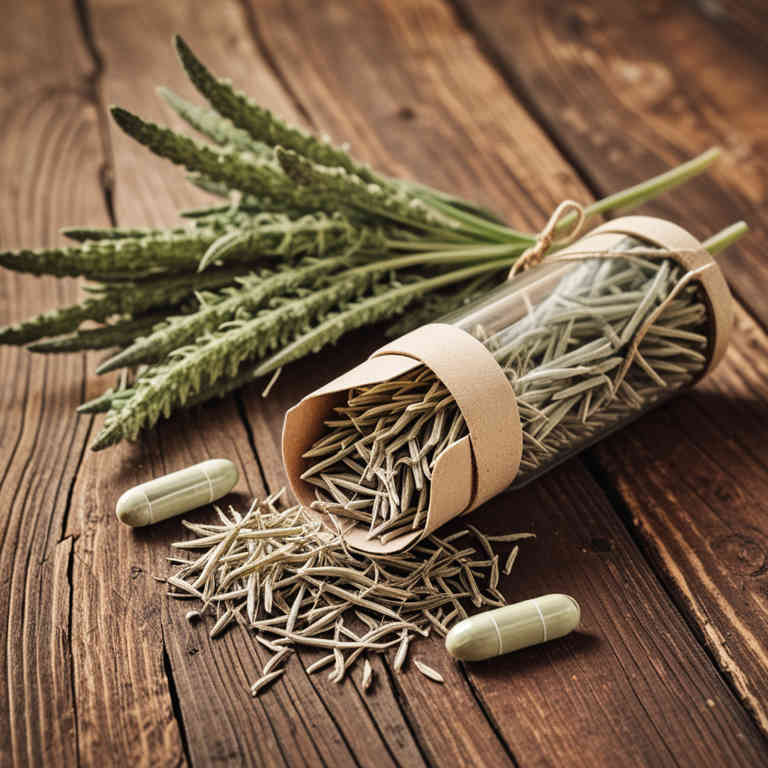
8. Oinments
Plantago lanceolata oinments is commonly used to treat skin irritations, wounds, and inflammatory conditions.
These oinments are widely applied for their soothing and healing properties, helping to alleviate symptoms of eczema, psoriasis, and minor burns. The most common medicinal uses include reducing inflammation, promoting tissue repair, and relieving itching and discomfort associated with various dermatological issues. The bioactive constituents responsible for these effects include mucilage, tannins, flavonoids, and polysaccharides, which have anti-inflammatory, antimicrobial, and wound-healing properties.
These compounds work synergistically to enhance the skin’s natural regenerative processes.

9. Oils
Plantago lanceolata oils is commonly used to treat skin irritations, wounds, and respiratory conditions.
The oil is often applied topically to soothe inflammation, promote healing, and reduce symptoms of eczema and psoriasis. It is also used in respiratory remedies to alleviate coughs and congestion. The medicinal properties of Plantago lanceolata oils are attributed to bioactive constituents such as mucilage, flavonoids, and saponins, which have anti-inflammatory, antimicrobial, and soothing effects.
These compounds help to reduce irritation, support tissue repair, and enhance immune response.

10. Poultices
Plantago lanceolata poultices is commonly used to treat wounds, inflammation, and skin irritations due to their soothing and healing properties.
These poultices are often applied topically to reduce swelling, promote tissue repair, and alleviate symptoms of conditions such as eczema, athlete's foot, and minor burns. The most common medicinal uses include treating abrasions, insect bites, and respiratory infections when the leaves are used in steam inhalation. The bioactive constituents responsible for these effects include mucilage, flavonoids, tannins, and alkaloids, which have anti-inflammatory, antimicrobial, and wound-healing properties.
These compounds work together to provide the plant's therapeutic benefits in traditional and modern herbal medicine.
